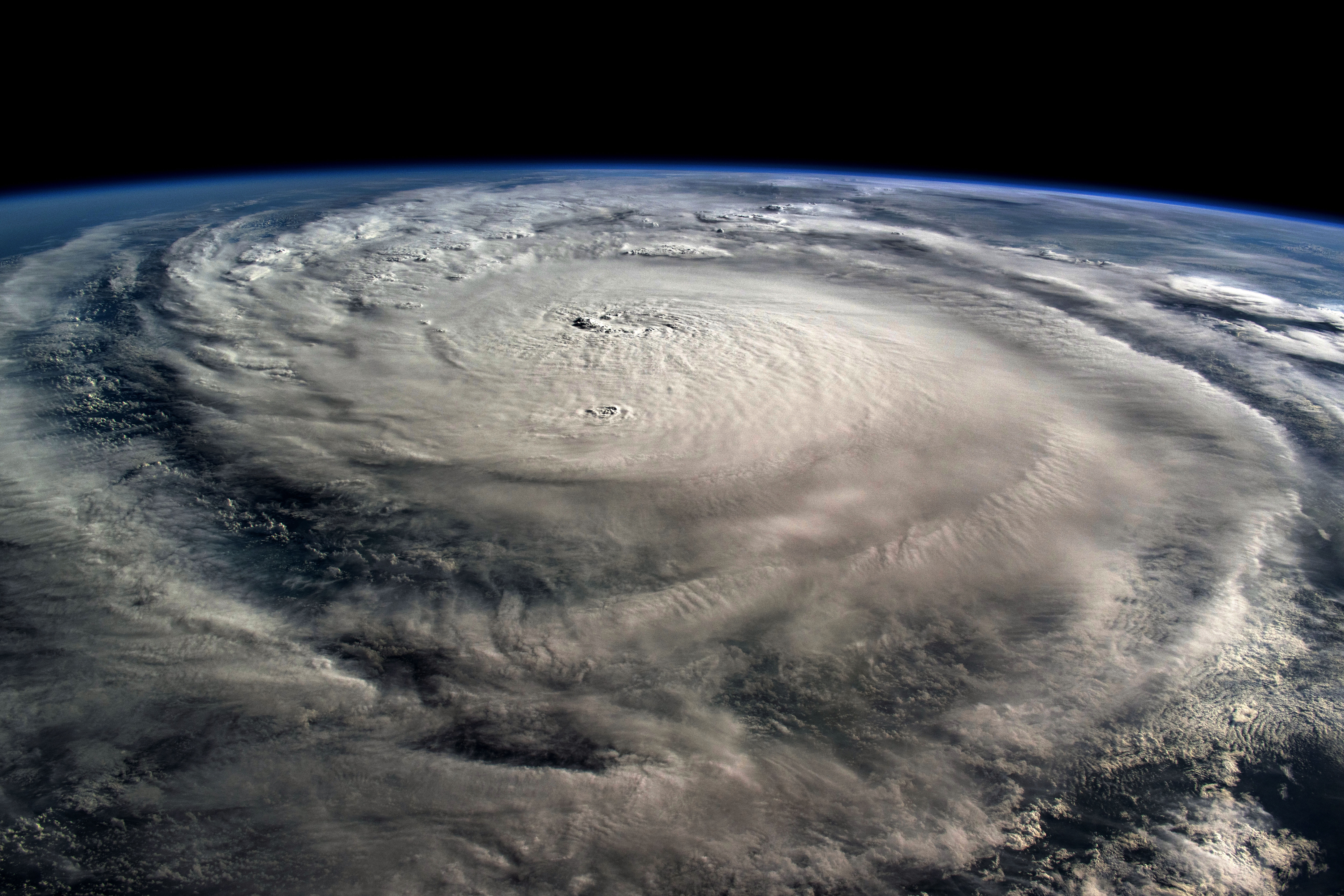What is Saharan Dust and what impact does it have on hurricanes in the Atlantic Ocean? Meteorologist Adam Berg explains.
Good morning. It’s meteorologist Ryan Phillips.
A few weeks removed from Hurricane Beryl, and with three storm names off the 2024 list, a dormant hurricane season continues.
Watch NBC6 free wherever you are
Climatologically, July is not a month that yields much expectation.
While it represents the point in the season where we’d usually mark the second named storm of year, very little stands out about July in our part of the world.
Get local news you need to know to start your day with NBC 6's News Headlines newsletter.
The slumber we’re seeing is not abnormal as batches of Saharan air continue to traverse the Atlantic, Caribbean and Gulf of Mexico. This suspended, dusty air tends to put a lid on tropical development, if even for a brief period. So far this month it has done just that.

As I mentioned last week, not a single disturbance in the tropics has required monitoring since Beryl. That trend looks to persist for several more days.
Hurricane Season
The NBC 6 First Alert Weather team guides you through hurricane season
While it’s not a sustainable trend, it is welcome.
However, the break from developing systems has not stopped the tropical waters from warming. One area of note is the Caribbean, where, despite Beryl’s passage, it remains smoking hot. Currently, the sea surface temperature trend puts the region well ahead of the long-term average and touch above the readings from this same time in 2023.

Typically, the passage of a storm performs a subtle (but sometimes drastic) mixing of ocean water. This can allow cooler water to move to the sea surface. The process is called upwelling. Any traces of mixing from Beryl are meager and the region, much like the western Atlantic and Gulf of Mexico, remained primed with the needed energy to fuel tropical systems.
Once the Saharan air eases up and additional disturbances trek across the basin, the season is likely to light up.
While I can’t definitively say when things will shake loose again, we know it’s inevitable. We’ll keep watching it just as you should, too.



